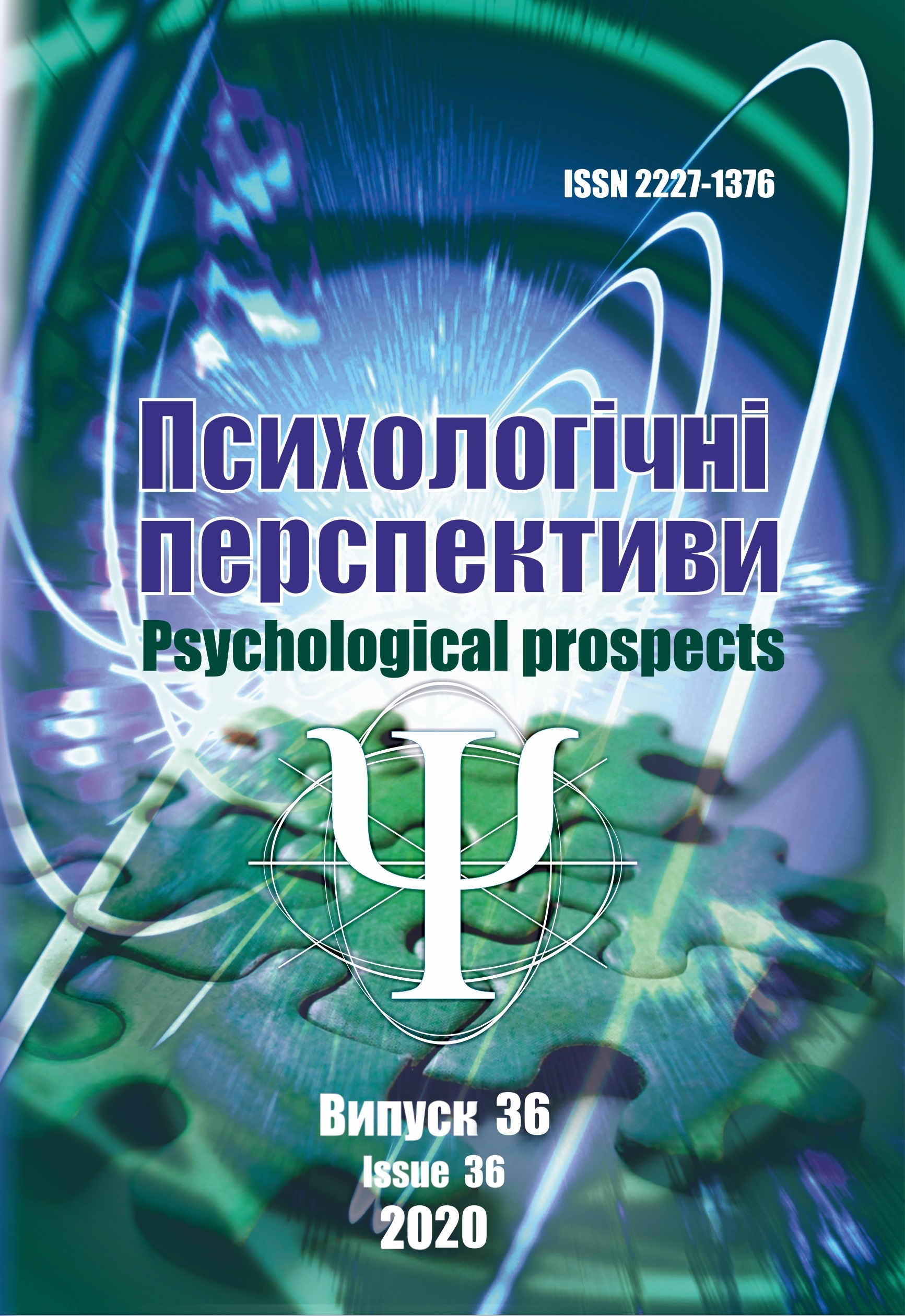Typological features of students` procrastination
DOI:
https://doi.org/10.29038/2227-1376-2020-36-86-99Keywords:
procrastination, typology, cluster analysis, factor analysis, studentAbstract
Purpose. The article submitted substantiates the relevance of studying procrastination as a stable integral personal construct in the conditions of rapid development of modern society. The expediency of considering destructive procrastination in the academic environment, in particular, among students, is indicated. The study of the personality of the procrastinator made it possible to obtain a large array of empirical data in the form of a wide range of its inherent cognitive, affective, motivational and conative properties. Methods. In order to reduce the dimensionality of correlated features and their compact and structured representation, the procedure of factor analysis using the method of principal components using Varimax-rotation was applied. Results. As a result, six factors were identified: "emotionally maladaptive", "aggressively manipulative", "motivational", "self-predictive", "adaptation", "irrational". Based on the obtained data, a cluster analysis was performed by the k-means method in order to determine possible differences in the content load of the established components of the procrastination construct due to the combination of diagnosed criteria with varying degrees of severity. This made it possible to distinguish four types of the studied phenomenon. The dominant characteristics of students with "irrational-asthenic" type of procrastination are the manifestation of maladaptive cognitions and destructive emotional patterns. The most pronounced feature of procrastinators of the "demotivated-irrational" type is the lack of intentions that would play the role of significant motivations for inclusion in purposeful activities. The "maladaptive-aggressive" type of procrastination implies a low level of ability to constructively solve problem situations and a manifestation of hostility and destructiveness in the process of building relationships with the social environment. A feature of the procrastinator of the "motivational-asthenic" type is the combination of a low level of motivation with emotionally maladaptive tendencies. Conclusions. The results of the empirical study confirm the expediency of interpreting procrastination as an integral personality construct that encompasses the cognitive, emotional, motivational and conative individual' properties.References
Ainslie, G., Haslam, N. (1992). Hyperbolic discounting. In G. Loewenstein & J. Elster (Eds.), Choice over time (p. 57–92). Russell Sage Foundation.
Burka, J.B., Yuen, L.M. (2008). Procrastination: Why you do it, what to do about it. Cambridge: Da Capo Press.
Ferrari, J.R., Olivette, M.J. (1993). Perceptions of parental control and the development of indecision among late adolescent females. Adolescence, 28, 963–970.
Pychyl, T.A., Sirois, F.M. (2016). Procrastination, emotion regulation, and well- being. In F.M. Sirois & T.A. Pychyl (Eds.), Procrastination, health, and well-being (p. 163–188). Elsevier Academic Press.
Rorer, L.G. (1983). «Deep» RET: A reformulation of some psychodynamic explanations of procrastination. Cognitive Therapy and Research, 7, 1–9.
Rothblum, E.D., Solomon, L.J., Murakami, J. (1986). Affective, cognitive, and behavioral differences between high and low procrastinators. Journal of Counseling Psychology, 33(4), 387–394.
Tice, D.M., Baumeister, R.F. (1997). Longitudinal study of procrastination, performance, stress, and health: The cost and benefits of dawdling. Psychological Science, 8(6), 454–458.
Downloads
Published
Issue
Section
License
Copyright (c) 2020 Zhuravlova Olena, Zhuravlov Oleksandr

This work is licensed under a Creative Commons Attribution-NonCommercial 4.0 International License.






